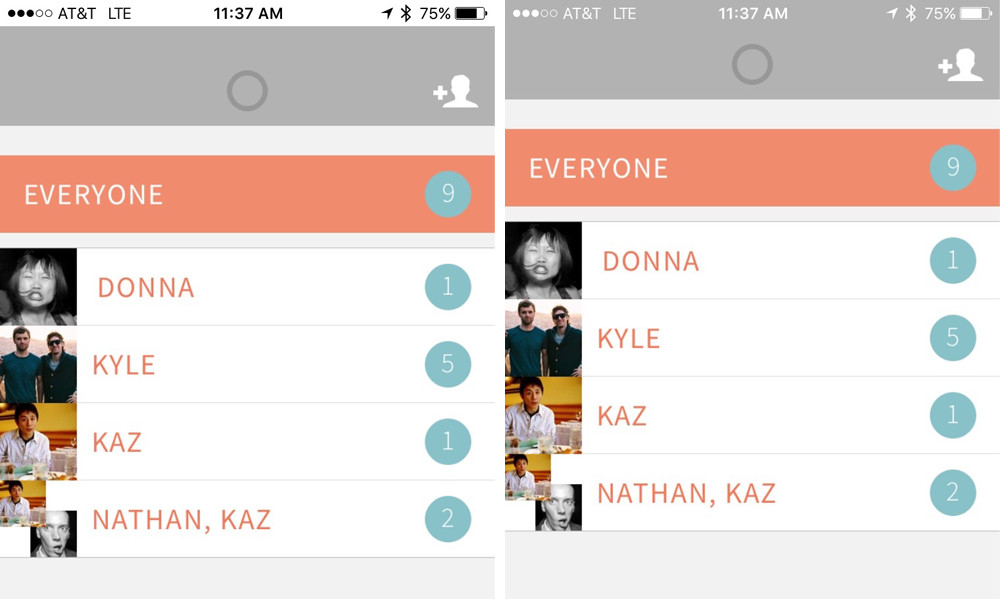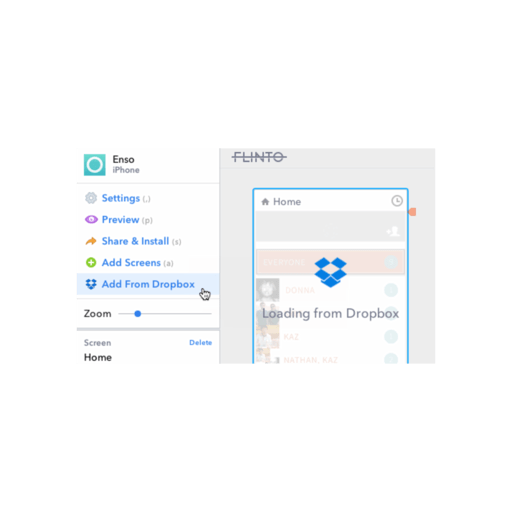

There is one exception – Atomic doesn’t support assets, meaning you’ll end up with slightly blurry screens when viewing on the device. “Overall, Atomic’s interface feels straightforward and organising layers seems effortless and snappy” Keeping a single screen as an entry point to all its states often creates side effect transitions that can be misleading. You often have to make an extra screen, not only for each of its states but also for in-between-states. While it’s very fast and convenient to create prototypes, maintaining prototypes can easily turn into a time-consuming and mundane task. It’s possible to adjust each layer transition on the timeline. It treats pages like animation keyframes, creating transitions between them automatically.


If a person who signs off your designs owns a device you’re prototyping for, you should consider choosing native – these generate much more realistic prototypes, almost indistinguishable from the actual apps.Ītomic supports layers, but transitions aren’t made by manipulating layers directly. The additional benefit is that most of these have collaboration options, so clients can leave feedback directly on the screens. If your prototype has to be reviewed by many people, the safest option is the HTML tool – simply send your clients a link to the prototype. Of the tools I reviewed, half were HTML 5 based, and the other half were native. The tools I looked at were Framer.js, Atomic, Proto.io, Pixate, Relative Way Form and Flinto for Mac. I focused on finding the tool that would allow us to prototype parallax effects – because if it handles parallax it probably does everything else, too. Recently I have been reviewing available prototyping tools to find one that would fit into our dynamic workflow and complement Invision’s somewhat limited capabilities when it comes to animation. But until this product surfaces we still need to find the perfect tool for our more complex prototyping needs. Invision has teased their upcoming ‘Invision Motion’ tool, which looks incredibly promising. We need a way to demonstrate more complex transitions and animations to both our clients and our developers, which will improve communication and cut down on misinterpretations. However, we are looking to go one step further. Invision is perfect for linking screen to screen and gaining perspective on the entire flow of a project. For obtaining client sign-off, we already use Invision (and we love it).


 0 kommentar(er)
0 kommentar(er)
